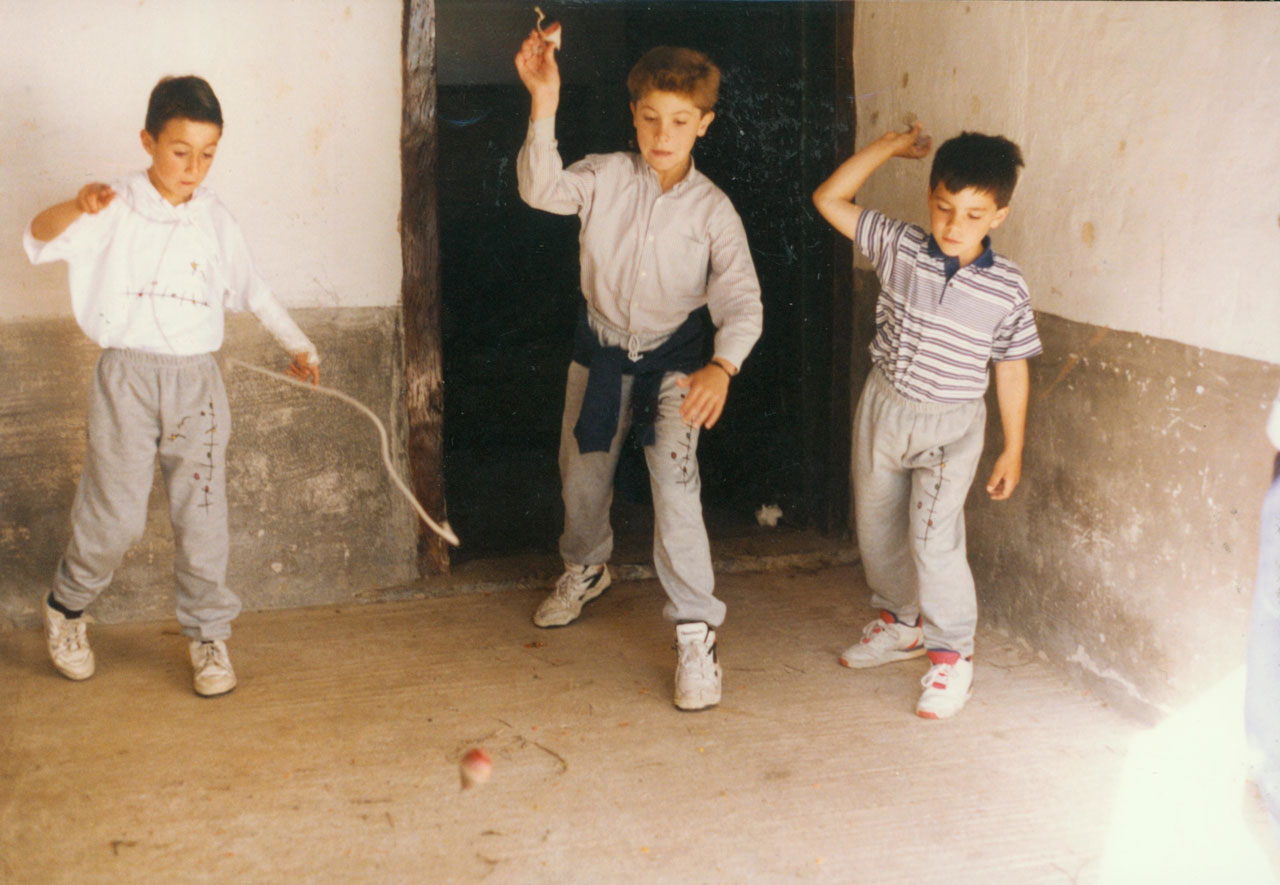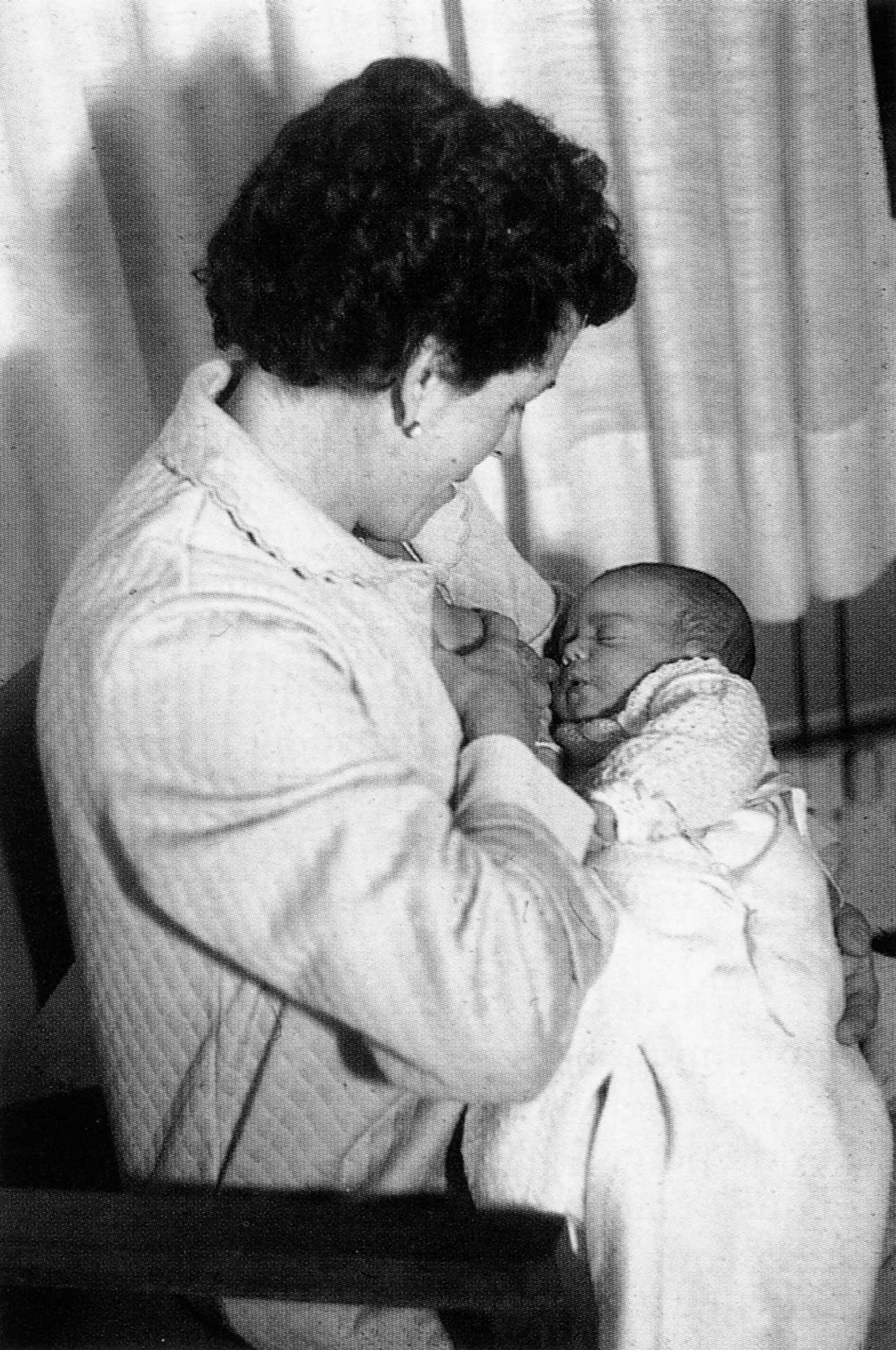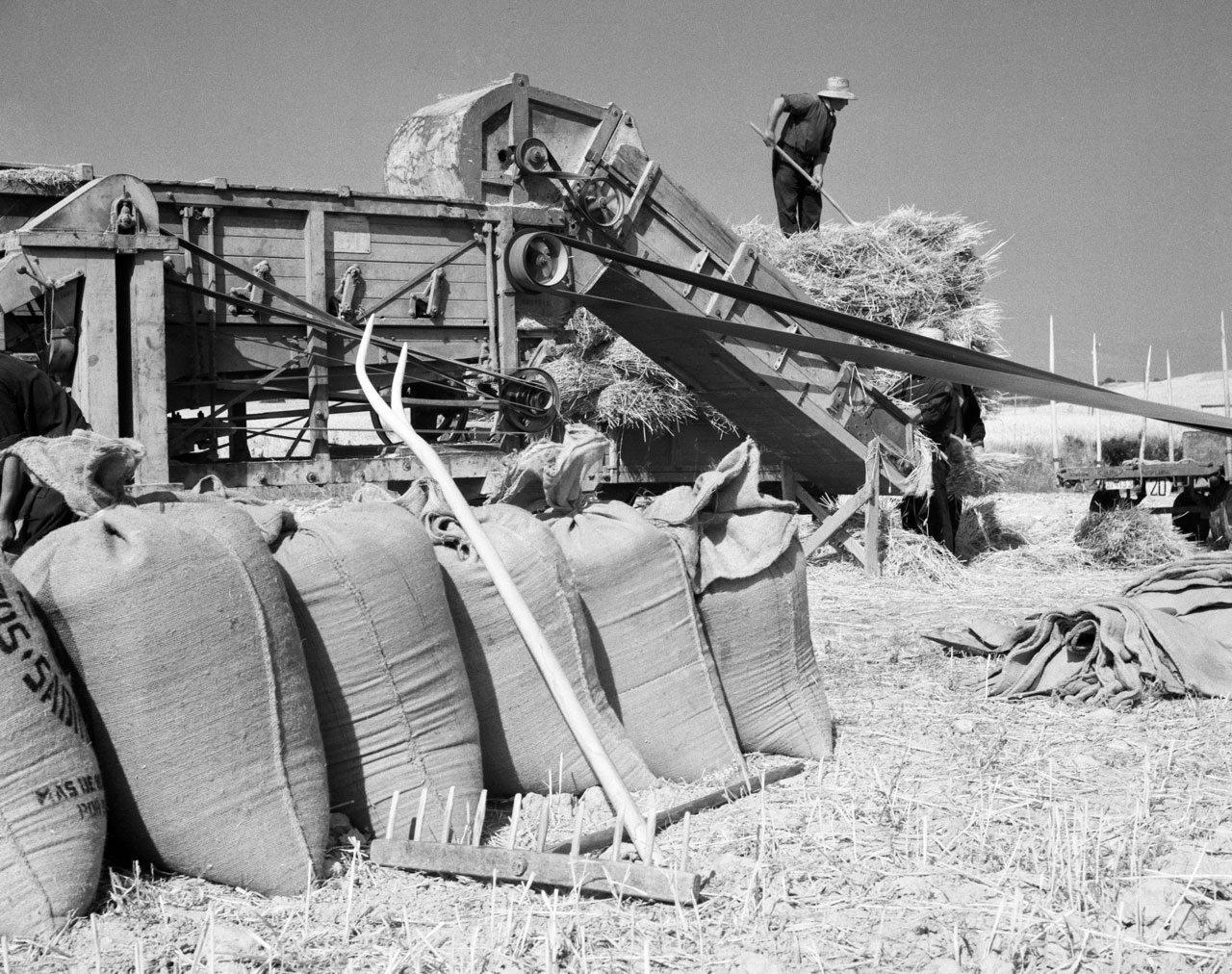Diferencia entre revisiones de «Main Page/en»
De Atlas Etnográfico de Vasconia
| Línea 7: | Línea 7: | ||
===[ganaderia|Ganadería|/atlas/cabecera/Arreoa-erakusten-Bidegoian-1957.jpg|Exhibition of the bridal trousseau. Bidegoian (G), 1957. Source: Ana Larrarte, Etniker Euskalerria Groups.]=== | ===[ganaderia|Ganadería|/atlas/cabecera/Arreoa-erakusten-Bidegoian-1957.jpg|Exhibition of the bridal trousseau. Bidegoian (G), 1957. Source: Ana Larrarte, Etniker Euskalerria Groups.]=== | ||
===[ganaderia|Ganadería|/atlas/cabecera/Caserio-Zurutuza-Zeanuri-1925.jpg|Zurututza Farmhouse. Zeanuri (B), c. 1925. Source: Labayru Fundazioa Photograhic Archive: Felipe Manterola Collection.]=== | ===[ganaderia|Ganadería|/atlas/cabecera/Caserio-Zurutuza-Zeanuri-1925.jpg|Zurututza Farmhouse. Zeanuri (B), c. 1925. Source: Labayru Fundazioa Photograhic Archive: Felipe Manterola Collection.]=== | ||
| − | ===[ganaderia|Ganadería|/atlas/cabecera/ | + | ===[ganaderia|Ganadería|/atlas/cabecera/Carro-de-boda-y-comitiva-nupcial-camino-del-caserio-Izagirre-Bidegoian-1957.jpg|Trousseau escorted by wedding entourage on their way to Izagirre Farmhouse. Bidegoian (G), 1957. Source: Martín Photographic Studio.]=== |
| − | ===[ganaderia|Ganadería|/atlas/cabecera/ | + | ===[ganaderia|Ganadería|/atlas/cabecera/Segizioa-elizan-sartzen-Zerain-1965.jpg|Funeral procession entering church. Zerain (G), 1965. Source: Karmele Goñi, Etniker Euskalerria Groups.]=== |
===[ganaderia|Ganadería|/atlas/cabecera/Calabazas-para-el-ganado-Lezama-1990.jpg|Pumpkins for the livestock. Lezama (B), 1990. Source: Labayru Fundazioa Photograhic Archive: José Ignacio García Muñoz.]=== | ===[ganaderia|Ganadería|/atlas/cabecera/Calabazas-para-el-ganado-Lezama-1990.jpg|Pumpkins for the livestock. Lezama (B), 1990. Source: Labayru Fundazioa Photograhic Archive: José Ignacio García Muñoz.]=== | ||
Revisión del 09:34 10 mar 2020
Zurututza Farmhouse. Zeanuri (B), c. 1925. Source: Labayru Fundazioa Photograhic Archive: Felipe Manterola Collection.
House and Family in the Basque Country


House and Family in the Basque Country
Etxeko habeak, etxeko berri. A fool knows more in his own house than a wise man in another’s.
Family Diet in the Basque Country


Family Diet in the Basque Country
Food was grown on the family small holding or bought from local markets, which, in turn, were supplied with food grown locally. A few products, nearly always non-staples, complemented local or household self-supply.
Children’s Games in the Basque Country


Children’s Games in the Basque Country
Changes in the adult world are also necessarily reflected in the children’s world. It should not be forgotten that those changes also affect the world of beliefs, convictions and rites underlying many traditional games; many of which would be stripped of meaning, some would fall into disuse, others would persist and would adapt to the new circumstances.
Traditional Medicine in the Basque Country


Traditional Medicine in the Basque Country
Ona da ardaoa, kentzeko burutik beherakoa. Treat a cold with a hot toddy.
Rites from Birth to Marriage in the Basque Country


Rites from Birth to Marriage in the Basque Country
Haurrak negarrik ez, titirik ez. A baby who does not cry, does not suckle.
Funeral Rites in the Basque Country


Funeral Rites in the Basque Country
There were specific paths to carry the corpse from the house of the deceased to the church and the cemetery.
Livestock Farming and Shepherding in the Basque Country


Livestock Farming and Shepherding in the Basque Country
A black animal, and particularly a billy goat, was considered to protect the herd, flock or barn throughout the area surveyed.
Agriculture in the Basque Country


Agriculture in the Basque Country
Maiatz luzea, gosea; garagarrilak ekarriko du asea. A very wet May, much straw and little grain.








